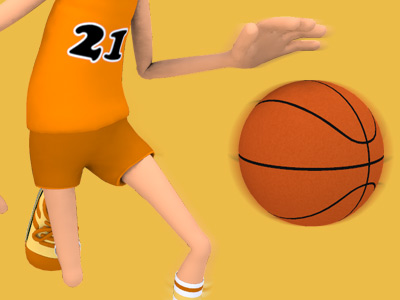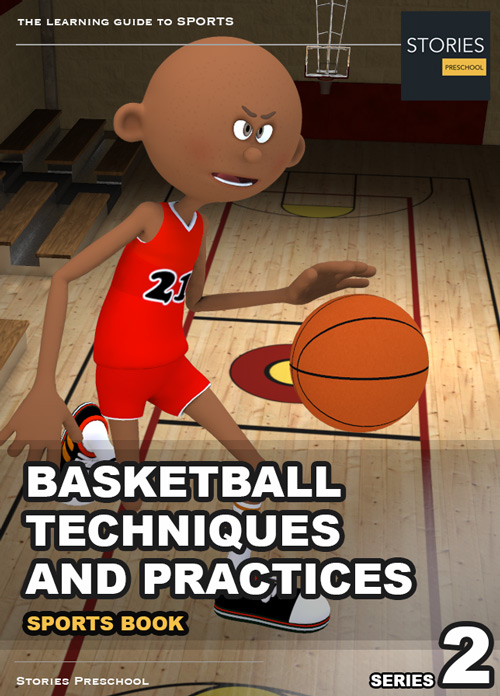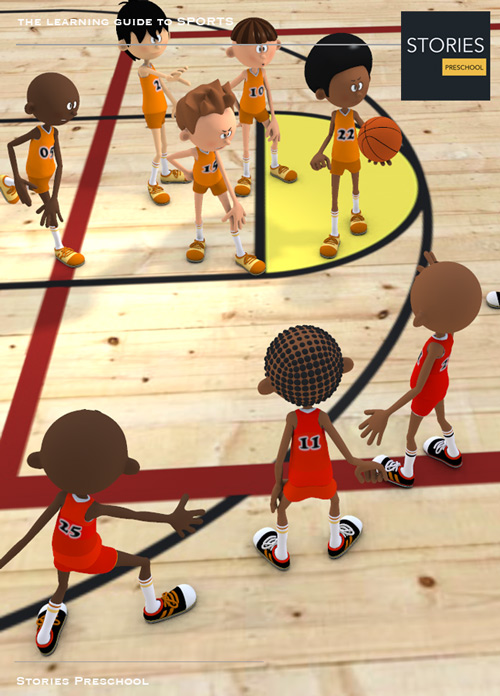Basketball

Basketball Man-to-Man Defense
Man to man defense is where the defender follows their check (offensive player) through their movement on the court. The court is divided into four parts. Any number that is in the 40s refers to the full court. Any number that is in the 20s is half-court.

Any number that ends in '0' means that everyone stays with their check. Any number that ends in '1' means that the first pass is double teamed or trapped. Any number which ends in '2' means that the second pass is attacked with a double team or a trap. Any number that ends in '3' means to fake an attack on the first pass, but then return to normal. Any number ending in '4' means that the player that is furthest away from the ball handler, attacks the ball handler.
Full-court man to man
- 40 man to man
- 41 man to man
- 42 man to man
- 43 man to man
- 44 man to man
Half-court man to man
- 20 man to man
- 21 man to man
- 22 man to man
- 23 man to man
- 24 man to man
Often, a player guards his counterpart (e.g. center guarding center), but a player may be assigned to guard a different position. However, the strategy is not rigid, and a player might switch assignment if needed, or leave his own assignment for a moment to double team an offensive player. The term is commonly used even in women's basketball, though the gender-neutral 'player-to-player' also has some usage.
The alternative to man-to-man defense is zone defense, in which the defender is assigned a specific area of the floor, and then guards whatever offensive player enters his area.

The advantage of the man-to-man defense is that it is more aggressive than the zone defense. It also allows a team's best defender to stay on a player who has to be guarded at all times. The disadvantage is that it allows the offensive team to run screens more effectively, and it leaves weaker or slower defenders more exposed. In a man-to-man defense, those defenders are generally teammates staying close to their own assigned offensive player, and thus are often not in good position to offer help should a weaker defender be eluded by the offensive player he is trying to guard.
Zone defenses were disallowed by the National Basketball Association in 1947. During this period, an illegal defense violation was called when a defender was either guarding an area instead of a specific offensive player, or was double teaming an offensive player away from the ball. A rule change in 2001 eventually permitted zone defense, but also specified that a defender who is standing inside the key is limited to not guarding an offensive player at arm's length for no more than three seconds. If the defender violates this rule, a technical foul is assessed against his team, and the opposing team is granted one free throw and subsequent possession of the basketball. This makes it difficult for NBA teams to play zone, since such defenses usually position a player in the middle of the key to stop penetration.
Man-to-man defense is still the primary defensive scheme in the NBA, and some coaches use it exclusively.

Technique
When defending the ball (i.e. guarding the man with the basketball) away from the basket in basketball, players typically should use a version of the following technique:
- The defender stands and faces the opponent.
- He is positioned between the ball and the basket and may be angled in one direction or another depending on the defensive scheme of that defender's team.
- He has his feet positioned beyond shoulder width with most of the weight distributed to the balls of his feet. However, the defender's heels should not be off the floor as this will put him off balance.
- The defender's knees should be bent at roughly a ninety degree angle with the bottom of his thighs parallel to the ground.
- This will place the defenders buttocks in a seated position.
- The defenders back should be straight with just a slight tilt forward.

This will place the defender's head over the center of his body and maintain proper balance. Depending on the teachings of his coach, the defender should position his hands wide as if he were stretching his wingspan or place one hand high and one hand low.
SPORTS

RESOURCES
This article uses material from the Wikipedia articles "Basketball", "Basketball playbook", and "Man-to-man defense", which is released under the Creative Commons Attribution-Share-Alike License 3.0.
© Stories Preschool. All Rights Reserved.












